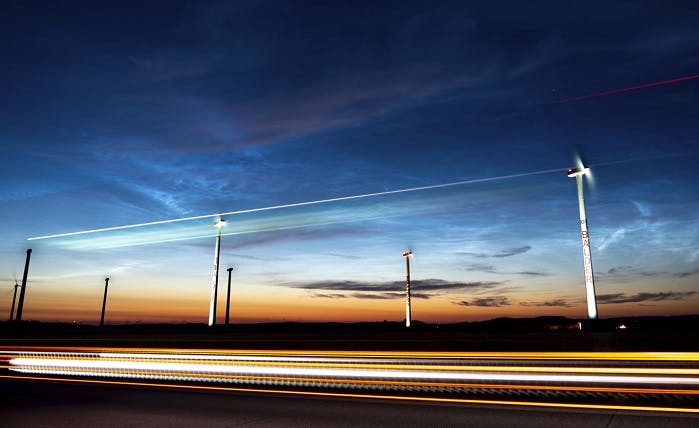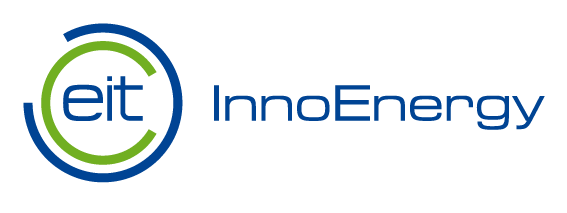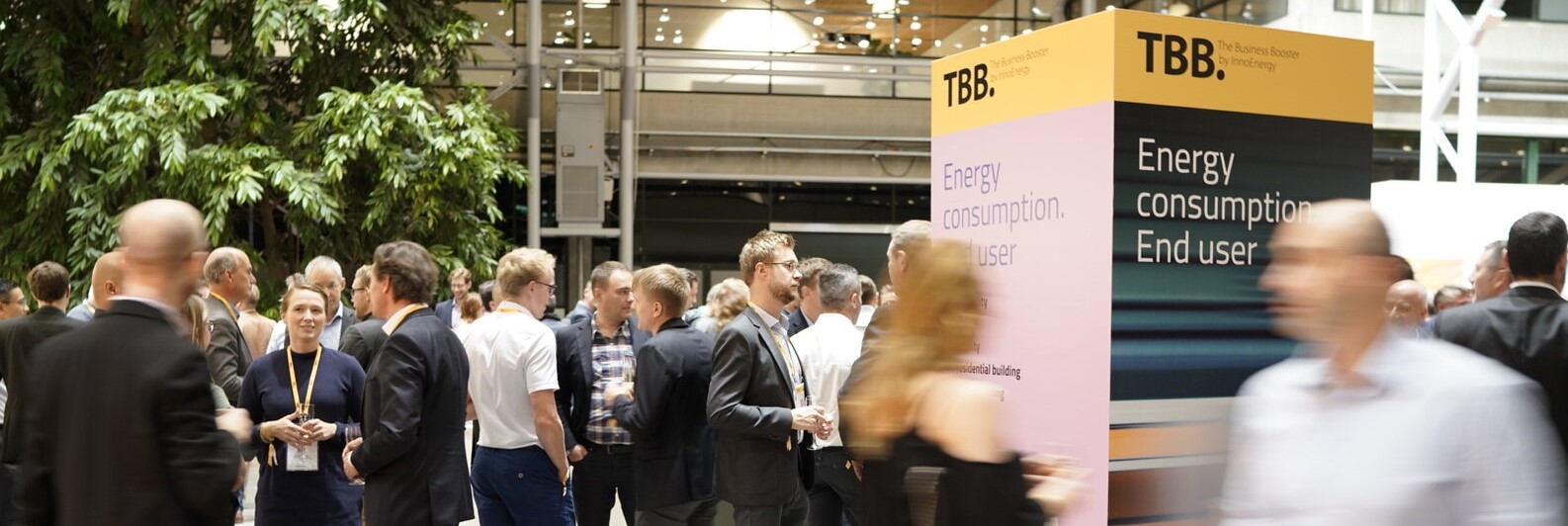InnoBlog: The need for flexibility in a renewable power mix

Energy connoisseurs are talking a lot about the need for more “flexible” power in the energy mix. But what is meant by “flexible power”, and why does a higher share of renewable generation create a greater need for flexibility?
From Generation to Consumer
Keeping the Grid Frequency
The Consequences of More Renewable Generation
Becoming Flexible Without Practicing Yoga
Now this is where the need for flexibility comes into the picture. In general system operators are responsible for maintaining a stable grid frequency. When the generation can be controlled to a lesser extent, several countries have explored making use of flexibility among the consumers, affecting when they use electricity. This can be by temporarily disconnecting electrical heating systems for example or deciding when an electric car draws its power. Another solution is to make use of energy storage technologies, which makes it possible to save energy for shorter or longer amounts of time. Different approaches are still being tested, and I’m following the development eagerly. Hopefully, transitioning to a fully renewable energy mix won’t prove to be too much of a stretch.
Do you want to work on the integration between renewable energy and the electric systems? Check out the EIT InnoEnergy programme that I completed: Master’s in Smart Electrical Networks and Systems!
By Maria Isabel Bipop Bang Jensen, EIT InnoEnergy Master School alumna
Photo credit: Eric Griess
Virtual Open Day: 23 February 2023
EIT InnoEnergy Master School Virtual Open Day is the best way to get a real taste of university life and one step closer to finding your ideal programme in sustainable energy engineering!
Meeting EIT InnoEnergy Master School team, learning about career prospects and interacting with our universities, will give you the confidence and clarity you will need to thrive from day one! The event will close with a Q&A session offering you an opportunity to directly interact with all presenters!

